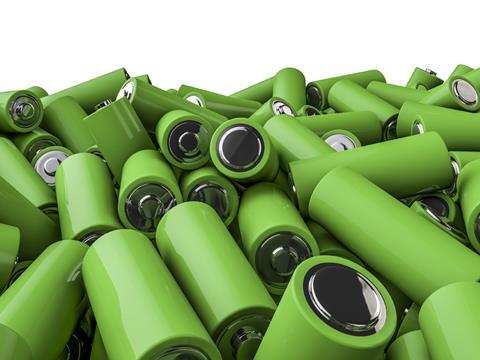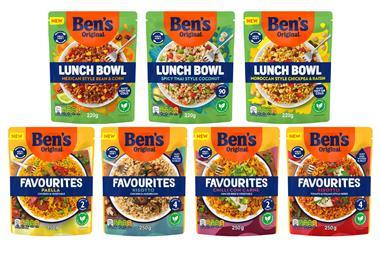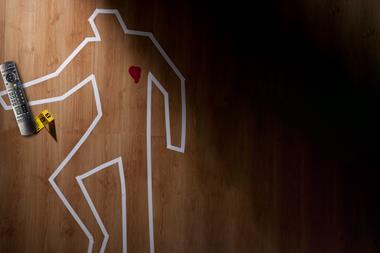Sure, the numbers are flat, but they belie big changes in the batteries market

Sure, the numbers are flat, but they belie big changes in the batteries market. The 0.3% volume fall for the supermarkets adds up to 200,000 fewer units shifted, with the bulk of those sales being lost to discount channels.
The 0.2% rise in value, meanwhile, reflects the development of value-added products and a reduction of promotions. As the pound shops and discounters’ power increases in batteries (Aldi and Lidl’s household sales are up 13%) , the grocery multiples are competing less on price and more on quality.
Data Box
For 20% off the complete category ranking click here and enter discount code NIELSENGROCER
Data supplied by nielsen.com
“Energizer has been leading the category,” says Richard Podevin, head of North Europe marketing, adding the brand has little presence in the discounters. “There’s no need for frequent deep discounting. We’ve brought a lot of innovation to the market in the last two years. It’s a key driver for us.”
NPD such as our Top Launch, Energizer Recharge, which Podevin says will spark new interest in rechargeables and has helped drive the brand’s market-leading growth. “The rechargeable category has been declining, and not only because consumers aren’t interested. There has been a lack of innovation and attention from producers.”
That average prices are up for the top three brands speaks volumes about how the supermarkets are seeking to differentiate the batteries they stock from what’s available elsewhere, says Panasonic sales manager Tim Clark. “Discounted supermarkets sell an awful lot of zinc and entry-level products because they’re growing,” he says. “We offer exceptional product performance and this has recently been improved. We communicate that on pack in terms of longevity message and anti-leakage guarantees.”
Top Launch 2016
Though more than £3m has drained from Duracell, it remains the top brand. And it has big plans to win back sales lost to Energizer, says Christina Miller, associate marketing director, pointing to a joint marketing initiative between the brand and Disney to cross-promote the batteries and what’s tipped to be one of the hottest toys this Christmas - Ultimate Olaf. “Very few people go to the store with batteries on their shopping list,” she adds. “We’ve worked hard with retailers on our in-store presence, with a focus on check-out sites and other impulse locations.”
Keeping up with trends in toys and gadgets is crucial, says Natalie Carney, UK trade marketing manager at Varta, which has seen sales soar by 41.5% on volumes up 31.6%, albeit from a small base in the supermarkets. “Technology trends continue to change our devices,” says Carney. “Smaller batteries like AAA are growing and button cells such as the CR2032 are a big opportunity for retailers to add higher margin products. We even reintroduced the small AAAA battery to our electronics assortment this year.”
Therein lies the chance to overcome the margin squeeze. “Cost of production is as low as it can get, as is sale price,” says Robbie Staniforth, commercial manager at compliance scheme Ecosurety. “Retailers that use importers to supply batteries have found there’s too little margin to be profitable.”
Focusing on quality and innovation and less on price could address this. Surely there’s a lesson in batteries for the rest of grocery?
Topics
Top Products Survey 2016: The Great British Brexit Bust-up
- 1
- 2
- 3
- 4
- 5
 Currently reading
Currently readingThe hard cell: battery price rises on NPD
- 6
- 7
- 8
- 9
- 10
- 11
- 12
- 13
- 14
- 15
- 16
- 17
- 18
- 19
- 20
- 21
- 22
- 23
- 24
- 25
- 26
- 27
- 28
- 29
- 30
- 31
- 32
- 33
- 34
- 35
- 36
- 37
- 38
- 39
- 40
- 41
- 42
- 43
- 44
- 45
- 46
- 47
- 48
- 49



































































No comments yet